NEET Exam > NEET Notes > Biology Class 11 > Important Diagrams: Photosynthesis in Higher Plants
Important Diagrams: Photosynthesis in Higher Plants | Biology Class 11 - NEET PDF Download
The Structure of a Chloroplast
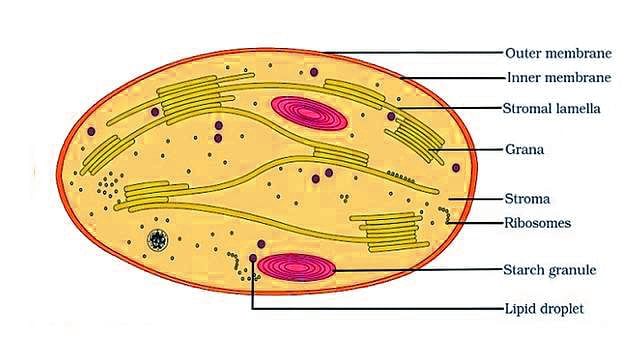
Cyclic Photophosphorylation
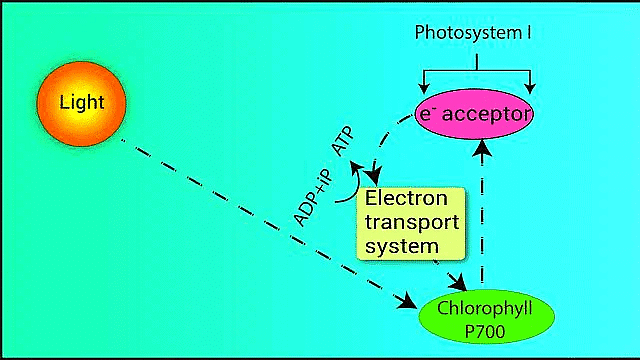
Non-cyclic Photophosphorylation
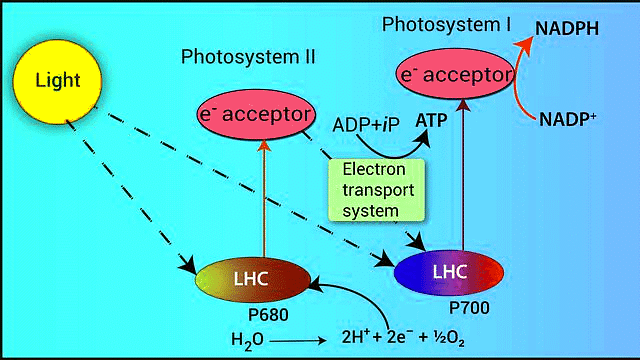
Electron Transport System
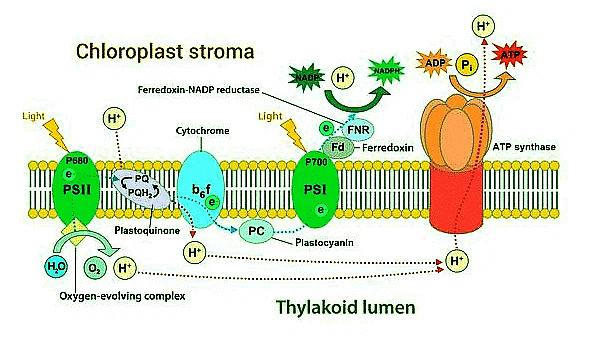
Chemiosmotic Hypothesis

Calvin Cycle

Hatch & Slack Cycle in C4 Plants
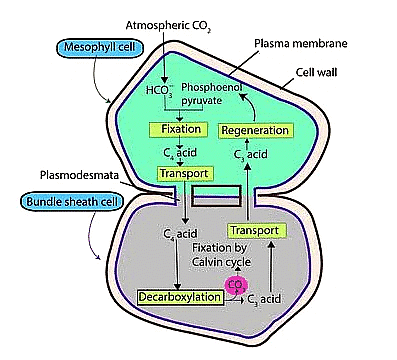
CAM Pathway
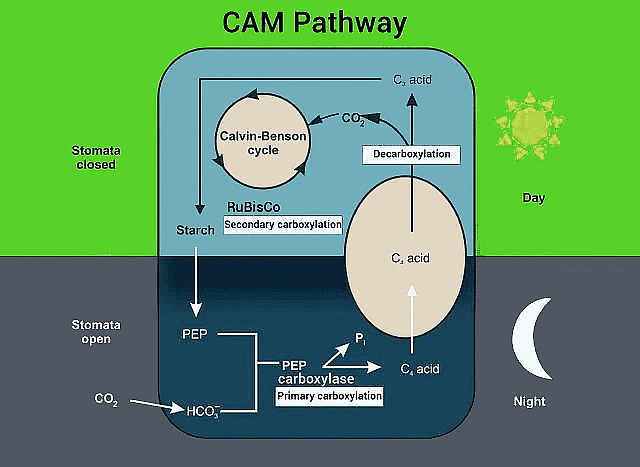
Photorespiration
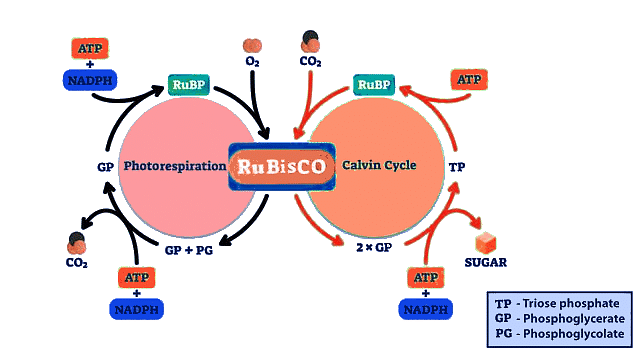
Pigments involved in Photosynthesis
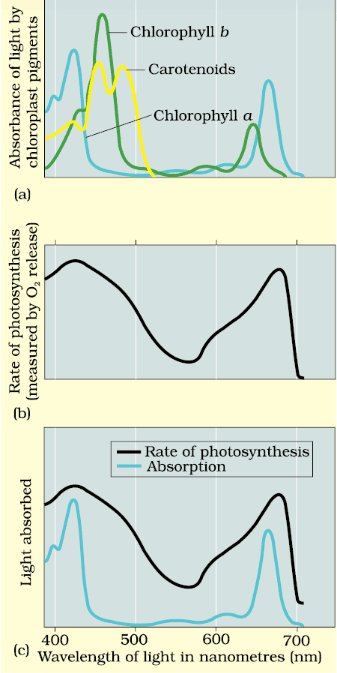 (a) Graph showing the absorption spectrum of chlorophyll a, b and the carotenoids (b) Graph showing action spectrum of photosynthesis (c) Graph showing action spectrum of photosynthesis superimposed on absorption spectrum of chlorophyll a
(a) Graph showing the absorption spectrum of chlorophyll a, b and the carotenoids (b) Graph showing action spectrum of photosynthesis (c) Graph showing action spectrum of photosynthesis superimposed on absorption spectrum of chlorophyll a
Light Reaction
 Light Harvesting Complex
Light Harvesting Complex
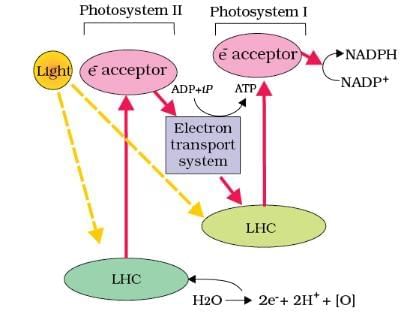 Z Scheme of Light Reaction
Z Scheme of Light Reaction
Light Effect on Photosynthesis
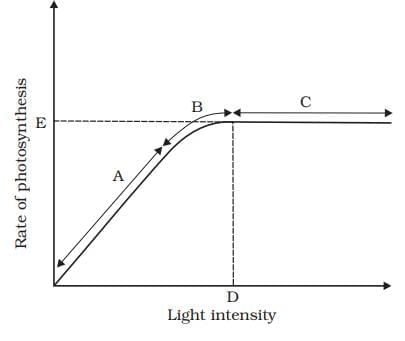
The document Important Diagrams: Photosynthesis in Higher Plants | Biology Class 11 - NEET is a part of the NEET Course Biology Class 11.
All you need of NEET at this link: NEET
|
150 videos|398 docs|136 tests
|
FAQs on Important Diagrams: Photosynthesis in Higher Plants - Biology Class 11 - NEET
| 1. What is the role of Joseph Priestley's experiment in understanding photosynthesis? |  |
Ans. Joseph Priestley's experiment in 1771 demonstrated that plants can produce oxygen. He used a candle in a sealed jar, which went out due to a lack of oxygen. When he introduced a green plant into the jar, the candle could be reignited, indicating that the plant released oxygen during the process of photosynthesis.
| 2. Where specifically in the plant does photosynthesis take place? |  |
Ans. Photosynthesis primarily occurs in the chloroplasts of plant cells. These organelles contain chlorophyll, the green pigment that captures light energy and facilitates the conversion of carbon dioxide and water into glucose and oxygen.
| 3. How many types of pigments are involved in photosynthesis, and what are their functions? |  |
Ans. There are two main types of pigments involved in photosynthesis: chlorophylls and accessory pigments. Chlorophyll a and b are the primary pigments that absorb light energy, while accessory pigments like carotenoids and xanthophylls help capture additional light wavelengths and protect the plant from excess light.
| 4. What is the light reaction in photosynthesis? |  |
Ans. The light reaction, also known as the photochemical phase, occurs in the thylakoid membranes of the chloroplasts. It involves the absorption of sunlight by chlorophyll, leading to the splitting of water molecules (photolysis), the release of oxygen, and the generation of energy-rich molecules ATP and NADPH, which are used in the subsequent dark reactions.
| 5. What is the Calvin cycle, and how does it contribute to photosynthesis? |  |
Ans. The Calvin cycle, also known as the dark reaction or light-independent reaction, takes place in the stroma of the chloroplasts. It utilizes ATP and NADPH produced in the light reactions to convert carbon dioxide into glucose through a series of enzymatic reactions, ultimately contributing to the plant's energy storage and growth.
Related Searches






















